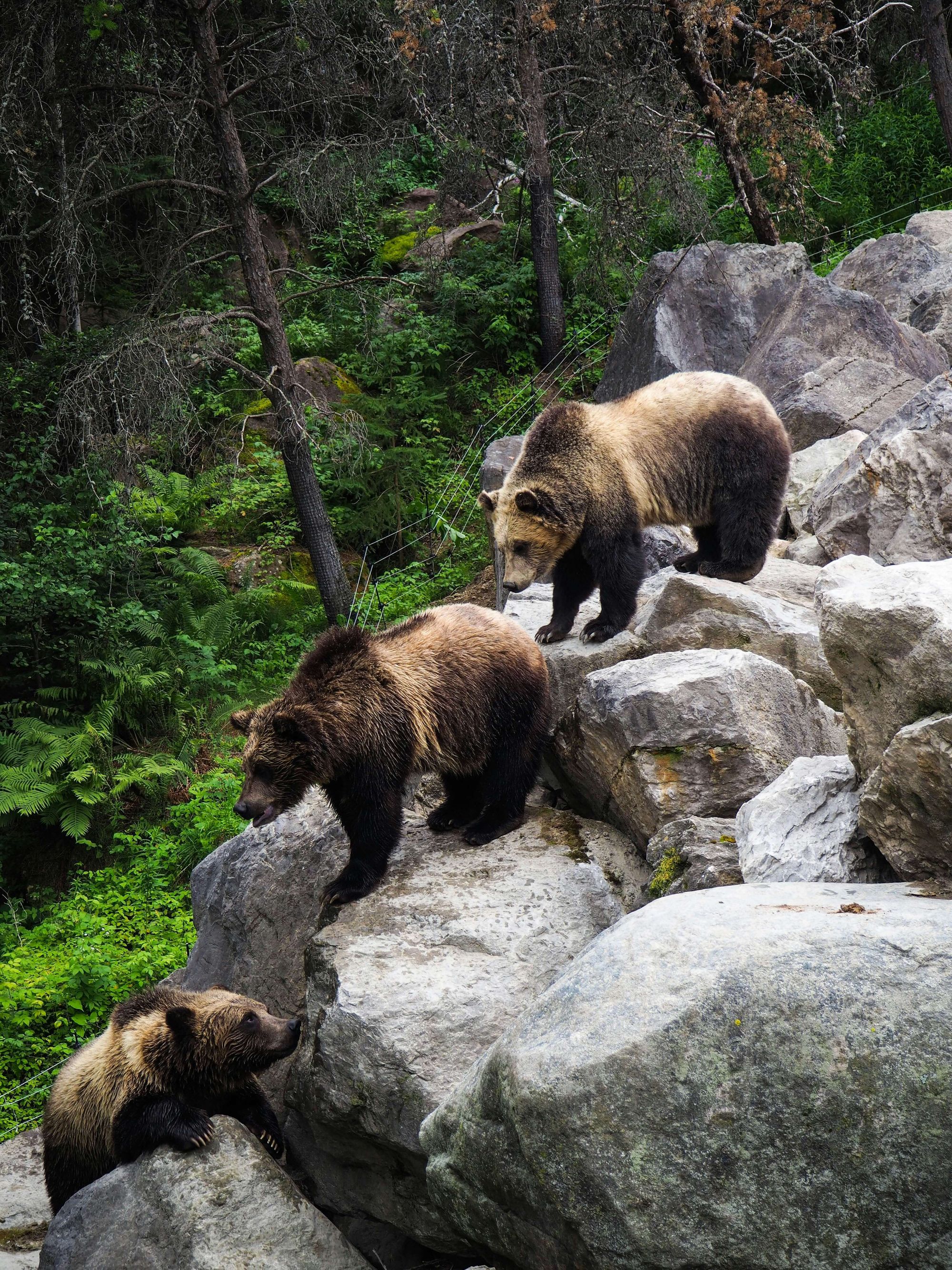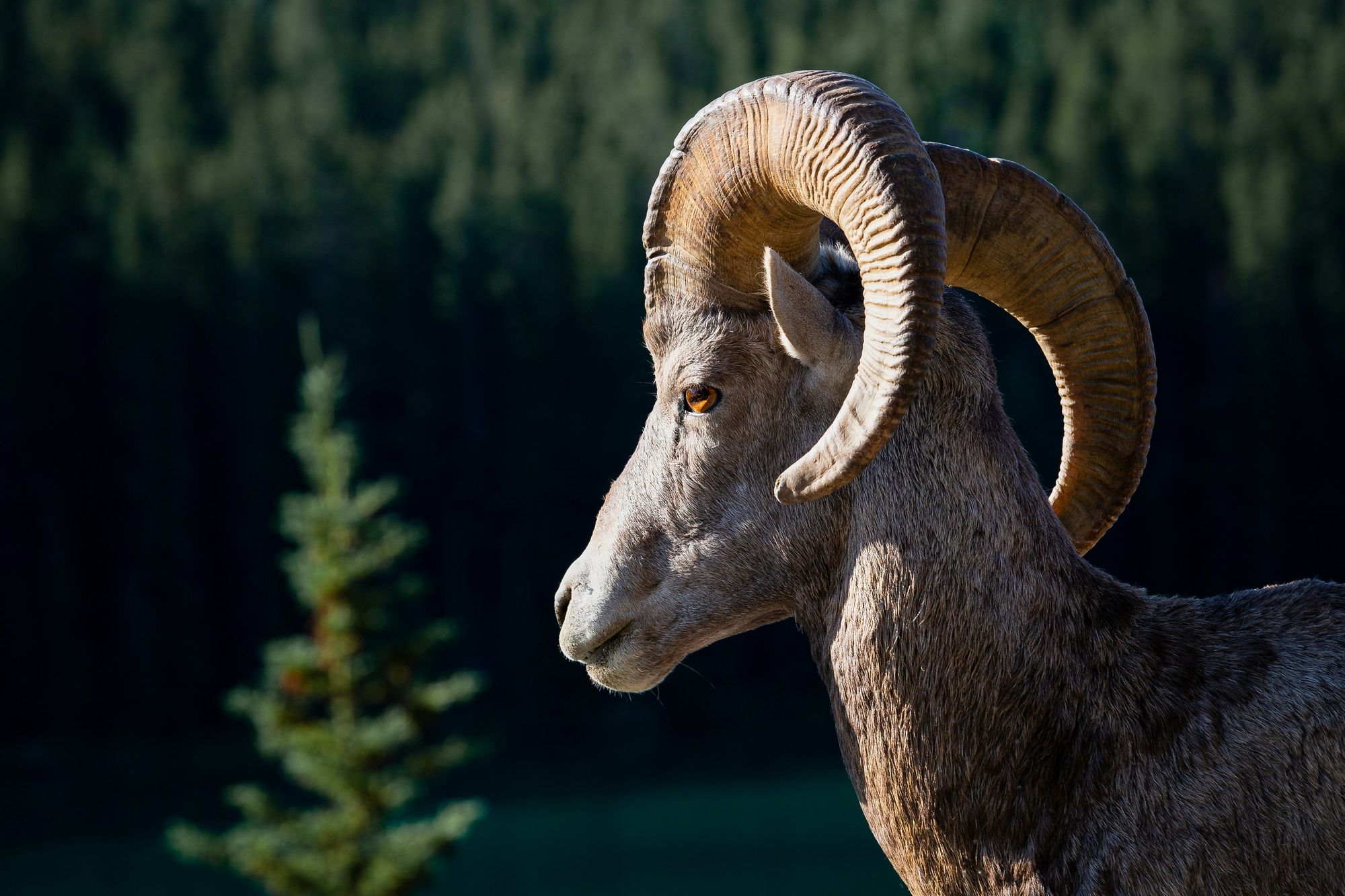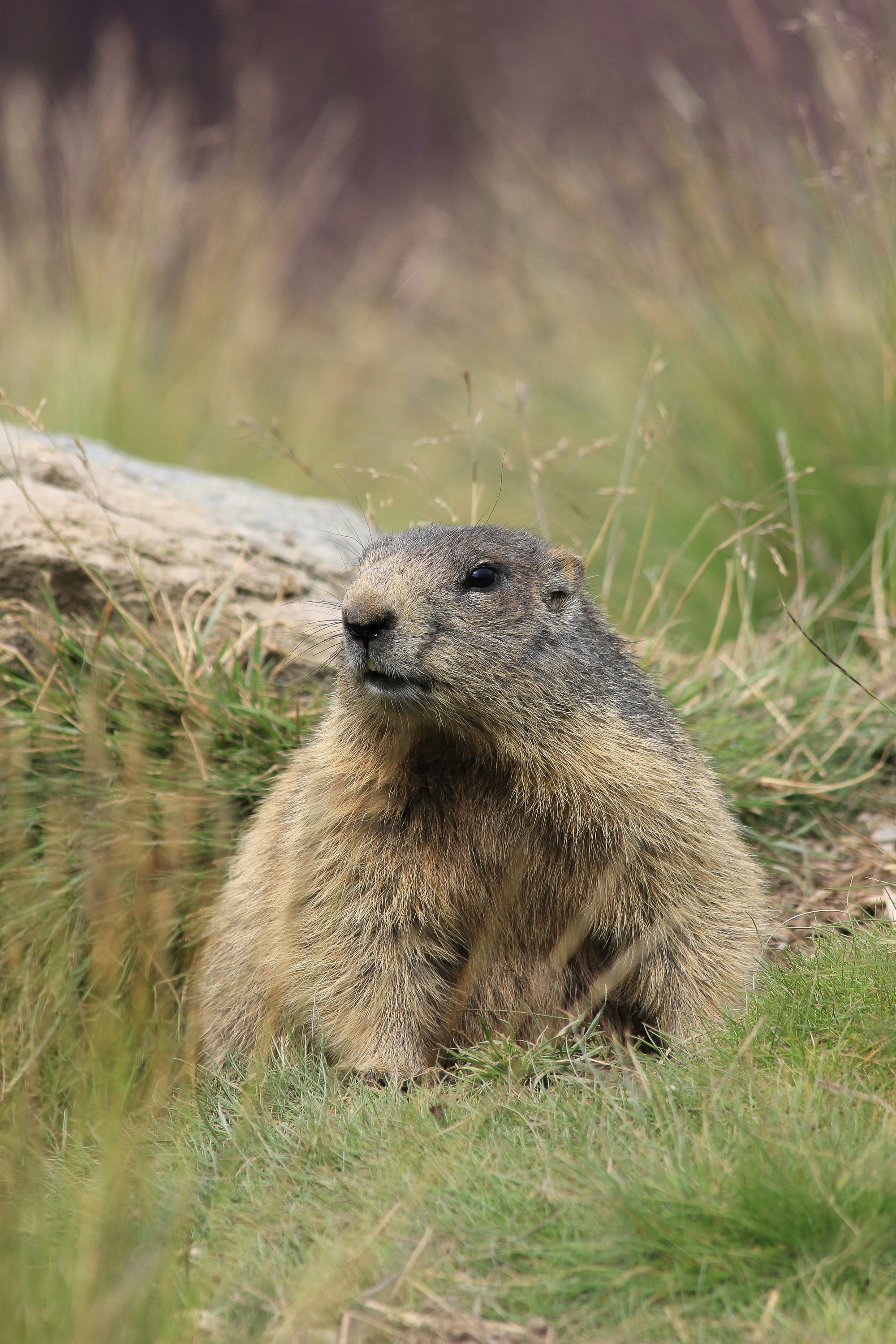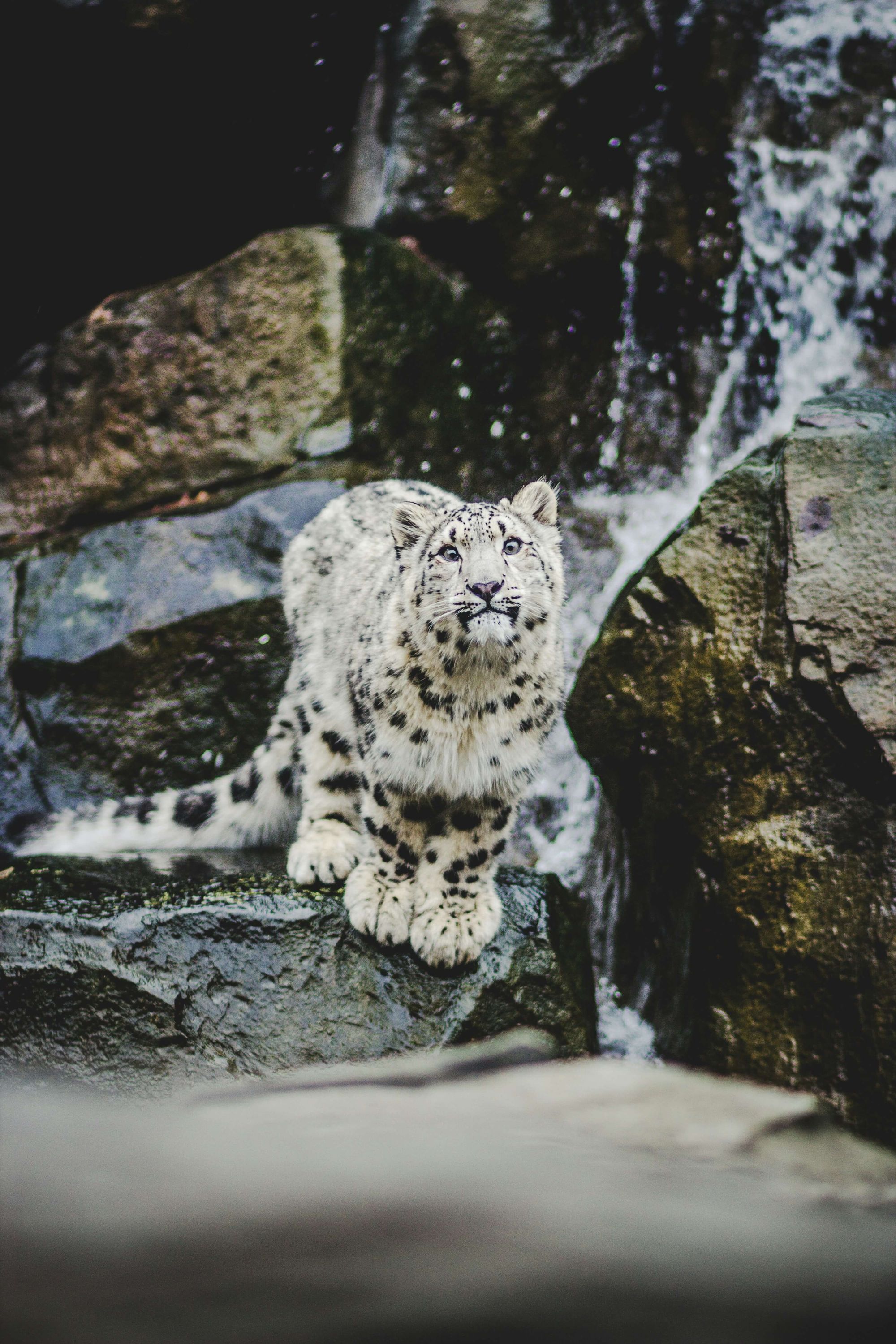In National Geographic, mountains are defined as "landforms that rise at least 1,000 feet (300 meters) or more above their surrounding area." A mountain range is a series or chain of mountains that are close together. Mount Everest, with an elevation of 8,849 meters, holds the title of being the highest mountain on Earth.
Despite its extreme conditions and thin atmosphere, did you know that mountain animals exist? A small number of species, such as the Himalayan Black Bears, call these towering peaks their home.
Did you know that there is a difference between the terms "highest" and "tallest" when referring to mountains? When we measure for the "highest" mountain, we are calculating the distance from sea level to the summit. On the other hand, when we measure for the tallest mountain, we consider the distance from the base to the summit. Therefore, when we say Mount Everest is the "highest" mountain, we are indicating that its elevation from sea level to summit is the greatest. Conversely, the tallest mountain is Mauna Kea in Hawaii.
Learning about wildlife instills a sense of awareness and appreciation for animals and their habitats. Considering that mountains comprise 24% of Earth's land mass and harbor "13 per cent of the world's population and 25 per cent of biodiversity on land," it is crucial for us to gain knowledge about their terrain and the animals that inhabit them.
For this blog post, we will offer background information on mountain animals, delve into details about the more well-known species, provide worksheets, and a brief section on global warming.


Table of Content
🐐 Habitats of mountain animals
🐂 Mountain animals
🦌 Teaching Resources
🌍 Human Impact
⛰️ How can we conserve our mountains?
👭 Conclusion

Habitats of mountain animals
Different zones on a mountain
- Alpine: This is the highest part of a mountain. It's rocky, with very few plants or trees, and the weather is tough.
- Subalpine: Situated below the alpine zone, the subalpine region enjoys cooler temperatures and receives more rainfall. These conditions can support forests with a diversity of plant and animal life.
- Montane: This middle part of the mountain is called the montane zone. It's where you will find a plethora of forests.
- Foothill: This zone sits between the mountains and the lowlands. It's full of sloping hills and has grasslands, shrubs, and a few trees.
- Woodland: These forests are found lower down in mountains. They're dense with trees.
Other types of habitat
- Riparian areas: Mountain streams and rivers create riparian zones, which provide important habitat for a variety of animals.
- Rocky slopes and cliffs: Mountains often have steep rocky slopes and cliffs.
- Caves and crevices: Mountainous regions may contain caves, crevices, and rock shelters.
- Snowfields and glaciers: Snowfields and glaciers are characterized by vast expanses of ice and snow, often covering large portions of the landscape.
Mountain animals
What characteristics do mountain animals have?
Mountain animals possess special traits that enable them to thrive in the challenging mountain environment.
- Thick fur: They have thick fur or feathers to keep warm in the cold. They also have strong bodies that allow them to move around the rocky terrain.
- Camouflage: They blend into their surroundings to hide from predators. They can also live in places with less air.
- Diet: They eat special foods to survive in places where food is scarce. Some animals live together for safety and to have babies.
- Migration: Some move to different places at certain times or sleep for a long time when it's too cold.

Mountain Goat
Scientific name: Oreamnos americanus
Physical characteristics: Mountain goats (Oreamnos americanus) have large, curved horns, thick shaggy coats for insulation, specialized cloven hooves, muscular builds, and beards.
Habitat: Mountain goats live in the Rocky Mountains of North America. They like steep areas with cliffs and rocky slopes. They eat grasses, herbs, and shrubs found in these habitats.
Collective noun: a herd of mountain goats
Example sentence: When the sun went behind the big mountains, a herd of mountain goats walked down the rocky hill.
Interesting fact: Mountain goats have remarkable climbing abilities.

Bighorn Sheep
Scientific name: Ovis canadensis
Physical characteristics: Bighorn sheep have big, curved horns for protection and showing off. Their fluffy coats keep them warm, and strong muscles help them climb. They have wide foreheads and big noses, and split hooves for walking on rocks. They also use scent glands to talk to each other, especially during mating season.
Habitat: Bighorn sheep reside in the rocky mountains of North America, including the Rocky Mountains and desert regions. They prefer steep, rugged terrain with cliffs and ridges, where they can easily navigate and find shelter.
Collective noun: A herd of bighorn sheep
Example sentence: A herd of bighorn sheep walked up a rocky hill.
Interesting fact: The horn size of the bighorn sheep is a symbol of status.

Pika
Scientific name: Ochotona
Physical characteristics: Pikas are small mammals with round ears, large eyes, and thick fur. They have short legs, broad hind feet with sharp claws.
Habitat: Pikas are typically found in alpine and subalpine habitats, living among rocky slopes, talus fields (areas of broken rock fragments), and boulder fields
Collective Noun: A colony of pikas
Example sentence: In the meadow, a colony of pikas busily gathered grass and herbs, preparing for the winter ahead.
Interesting fact: Pikas store vegetation in "haystacks" to prepare for the winter.

Marmot
Scientific name: Marmota marmota
Physical characteristics: Marmots are big rodents with strong bodies, short legs, and thick fur. They have short legs and broad hind feet with sharp claws. Their tails are short and fluffy.
Habitat: Marmots inhabit mountainous regions across Europe, Asia, and North America. They are well adapted to live in a variety of environments, including alpine meadows, rocky slopes, and forested areas.
Collective noun: A madness of marmots
Example sentence: In the meadow, a madness of marmots busily scuffled around looking for food.
Interesting fact: Marmots are related to squirrels.


Snow Leopard
Scientific name: Panthera uncia
Physical characteristics: They have thick fur to stay warm, long tails for balance, and padded paws for walking on snow.
Habitat: Snow leopards live in cold, rocky mountains above 3,000 meters. Their habitats have little vegetation. These remote places are hard to reach, helping to keep the leopards safe.
Collective noun: a leap of snow leopards
Example sentence: In the snowy mountains, a leap of snow leopards played together, chasing each other's tails and pouncing on imaginary prey.
Interesting fact: Snow leopards have one of the longest tails among big cats, often measuring as long as their body.

Golden Eagle
Scientific name: Aquila chrysaetos
Physical characteristics: Golden eagles are excellent hunters. They have strong beaks and claws for catching prey, and their sharp eyes can spot it from far away. With their big wings, they can glide through the sky easily. Their feathers are mostly brown, but they have shiny gold patches on their heads and necks.
Habitat: Golden eagles live in many places in the Northern Hemisphere, like North America, Europe, Asia, and some parts of North Africa. They like to live in open areas where they can find food easily and build their nests.
Collective noun: a convocation of golden eagles.
Example sentence: A convocation of golden eagles flew together, looking down to find food.
Interesting fact: Golden eagles have eyesight that is among the strongest in the animal kingdom, with the ability to spot prey from incredible distances.

Teaching Resources
Hands-on activity
Objective: To create a mountain for the mountain animal while learning about their unique characteristics and adaptations.
Materials Needed:
- Cardboard or shoeboxes (one per participant or group)
- Craft supplies such as construction paper, markers, crayons, scissors, glue, and tape
- Natural materials like twigs, small rocks, moss, and leaves
- Plastic toy figurines or pictures of mountain animals
- Reference materials or books about mountain habitats and animals (optional)
Instructions:
1. Introduction:
- Begin by discussing what mountain habitats are and the types of animals that inhabit them.
- Talk about the unique features and adaptations of mountain animals to survive in their environments.
2. Preparation:
- Provide each participant or group with a cardboard box to serve as the base for their habitat.
- Lay out craft supplies and natural materials on a table for easy access.
3. Designing the Habitat:
- Encourage participants to use craft supplies and natural materials to create a model of a mountain habitat inside their cardboard box.
- They can use construction paper to create mountains, valleys, cliffs, and other terrain features.
- Participants can add details such as trees, shrubs, and grass using markers, crayons, or natural materials.
- Encourage creativity and attention to detail in designing the habitat.
5. Enhancing the Habitat:
- Encourage participants to use natural materials like twigs, small rocks, moss, and leaves to add texture and realism to their habitat model.
- They can create features such as caves, streams, or rocky outcrops to further enhance the habitat.
Worksheet
Instructions: Match the mountain animal with its corresponding description.
| Mountain Animal | Description |
|---|---|
| Mountain Goat | |
| Bighorn Sheep | |
| Pika | |
| Marmot | |
| Snow Leopard | |
| Golden Eagle |
Descriptions:
a. A large bird of prey with brown-golden feathers often found in mountainous regions.
b. A small rodent with round ears and store food in preparation for winter.
c. A large wild cat with thick fur and spotted coat, native to mountain ranges in Asia.
d. A large horned mammal known for its agility and ability to climb steep slopes.
e. A small mammal related to squirrels.
f. A shaggy-coated mammal known for its sure-footedness and love of climbing rocky terrain.
Answer key
- f
- d
- b
- e
- c
- a
Human impact
Mountain animals are facing big problems that are decreasing their numbers at alarming rates. In a Guardian article, scientists found that a huge amount of mountain forests, approximately 78 million hectares (193 million acres), has disappeared in just 20 years - that's more than 7% of all the mountain forests in the world.
Some of the reasons why this is happening include:
- Losing Homes: People are cutting down trees, mining, farming, and building cities in the mountains, thereby destroying the habitats where animals live.
- Weather: Mountain areas are very sensitive to changes in weather, such as temperature and rain. Climate change is making these changes worse, which can hurt the plants and animals that live there.
- People vs. Animals: The increasing number of people moving into the mountains leads to more opportunities for conflicts with animals. Sometimes animals eat crops or attack livestock, so people might kill them to protect their property. This is a big problem for big animals like bears, wolves, and big cats.
- Illegal hunting: People hunt animals in the mountains for their fur, meat, and other parts, which are sold illegally. This hurts animal populations.
- Invaders: New animals and plants brought by people can harm native species by taking their food or space. In the mountains, animals such as wild pigs and goats, as well as invasive plants, are causing big problems for native animals.
How can we conserve our mountains?
For International Mountain Day, the International Olympic Committee (IOC) made a list of ten simple steps to help keep our mountains safe.
- Choose a greener resort
- Choose better clothing and sports equipment
- Make it reusable
- Shrink your travel footprint
- Stay on the right track
- Take nothing but photos
- Leave no trace behind
- Keep the water clean
- Buy better, buy local
- Speak up for mountains
International Mountain Day falls on December 11th every year.
Conclusion
The habitats of mountain animals and where they live are crucial for maintaining the balance and diversity of our planet. From the sneaky snow leopard to the tough bighorn sheep, these animals are amazing at living in some of the toughest and most beautiful places on Earth.
We hope you learned a lot about mountain animals and where they live from this blog post. Now, go out and let people know about the beauty of mountain animals and the impending dangers of global warming.


References:
‘Alarming’ rate of mountain forest loss a threat to wildlife Mountains Be A Mountain Hero: IOC releases 10 steps that individuals can take to help protect mountains












